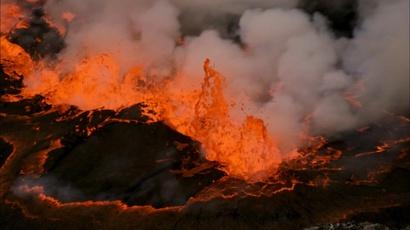Watch Clip

Healing After Hurricane Maria
5m 33s
Antonio Paris translates how to survive on other planets into surviving after Maria.





























